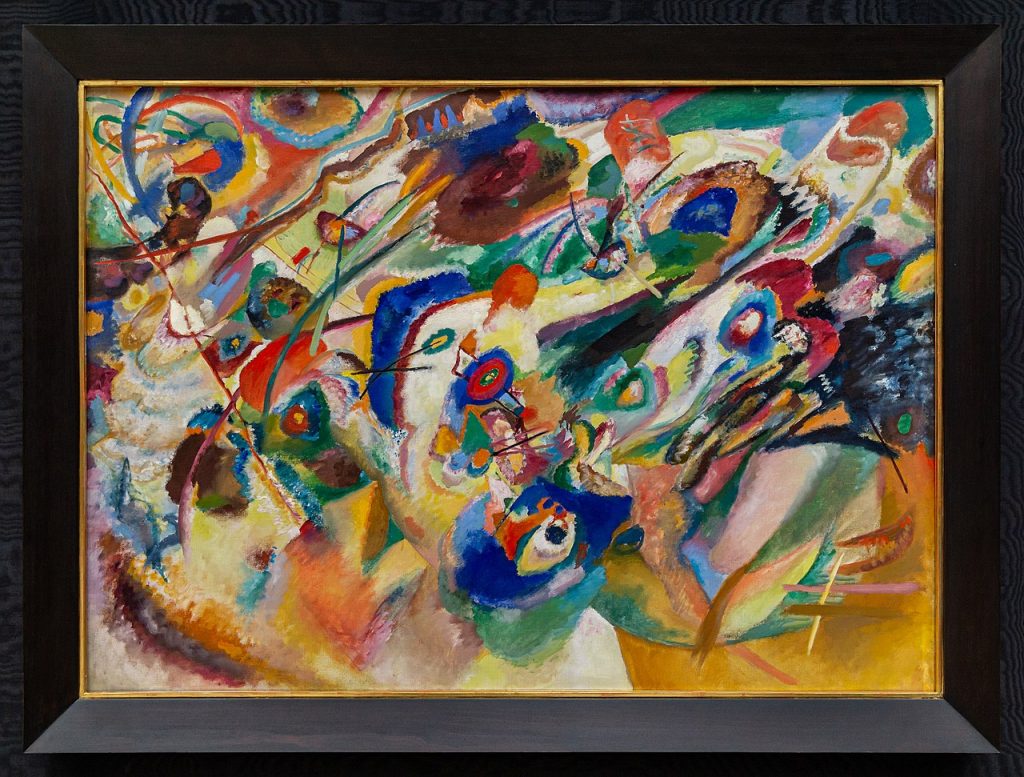Vision difference: tetrachromacy and synesthesia
Not everyone sees the same colours or perceives the world around us in the same way. Here are two examples of vision difference:
Tetrachromacy
Tetrachromacy (tetra means four and chroma means colour) is the name for having four types of cone cells in the eye to perceive colour. It is common in the animal world, but not normal in humans. However, some female humans are tetrachromats and can see a wider range of colours than normal trichromats.
Research is ongoing to determine how this works. One theory suggests that it’s related to colour blindness, and the reason it only affects females is because they have two X chromosomes. If a person has one X chromosome with the mutant gene for colour blindness, and the second X chromosome is normal, then this might cause tetrachromacy. This theory speculates that if a person has two different kinds of red/green cone cells that detect different wavelengths of light, they will have the ability to see more colours. Some tetrachromats may also be able to see better in low light conditions.
Watch this video to learn about an artist with tetrachromacy:
You can also read the BBC article here.
Synesthesia and colour sensory perception
Synesthesia is a neurological condition where you experience one sense through another. An example of synesthesia is hearing music and seeing coloured shapes or for some synesthetes, associating certain numbers or words with particular colours. It’s not only colour-related, though. For some people, hearing certain sounds causes tingling sensations in different parts of their bodies. There are many different kinds of synesthesia.
Synesthesia is a type of neurodiversity, and appears at a higher rate in people with other types of neurodiversity such as Autism Spectrum Disorder, or people who identify as transgender or gender variant. Quite a few visual artists and musicians have synesthesia – it’s possible this cross-wiring of the senses can be a benefit to creative practitioners. Some people with synesthesia have incredible memories too, which could be due to how the brain associates sensory input and how it is stored in memory.
Two of the more common forms of synesthesia are:
- Chromesthesia – Sound to colour
- Grapheme-colour synesthesia – letters and numbers to colour
Watch this video for more information:
Synesthesia and creativity
Visual artists from history who were known to have Chromesthesia (sound to colour) include: Wassily Kandinsky (Figure 2.54), Vincent Van Gogh, David Hockney, and Arcimboldo (he had vision and taste Synesthesia also).

Learn more from these links:
Contemporary artists with synesthesia
There are many popular musicians who also have chromesthesia – can you search the Internet and find some that you know about?
This synesthesia FAQ (frequently asked questions ) web page has some useful information if you want to learn more.
Note: A study that indicated more females have synesthesia than males may not be accurate due to the bias that more females would be likely to self-refer for the study.[1]

